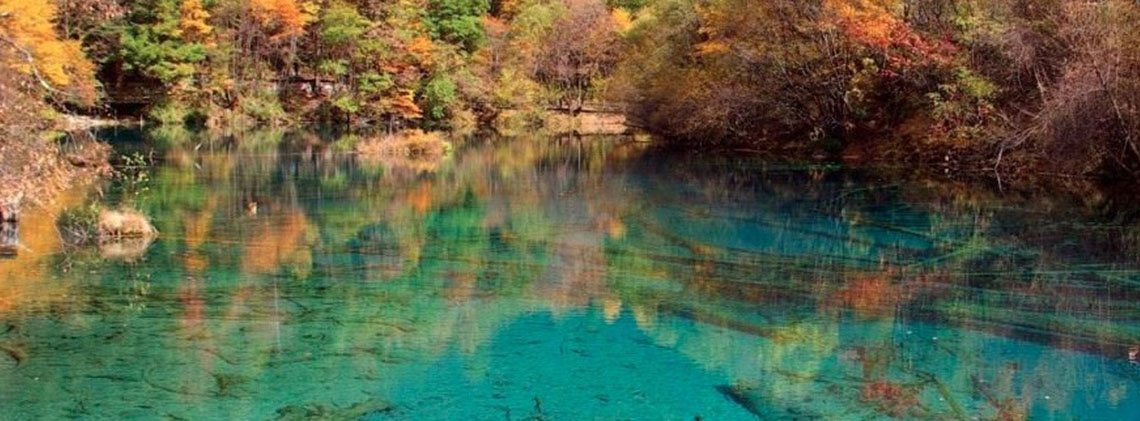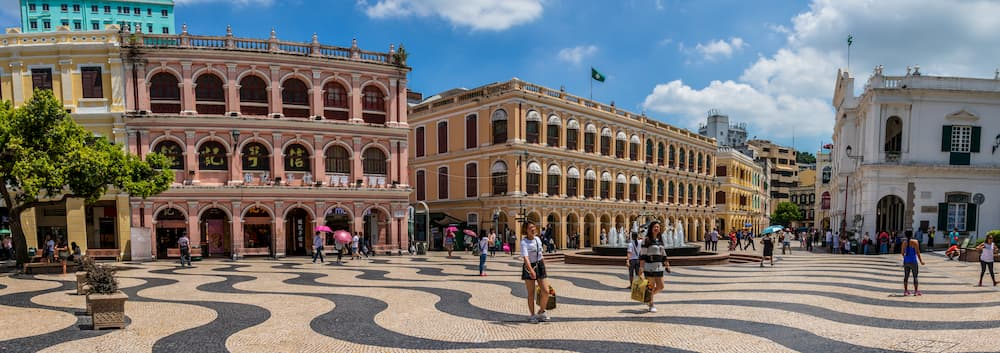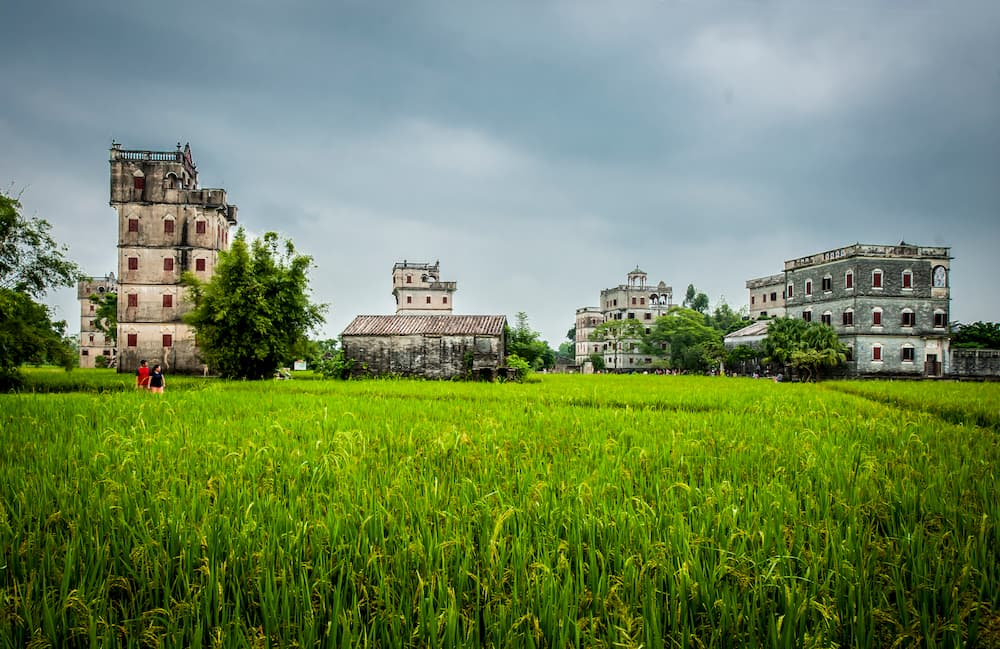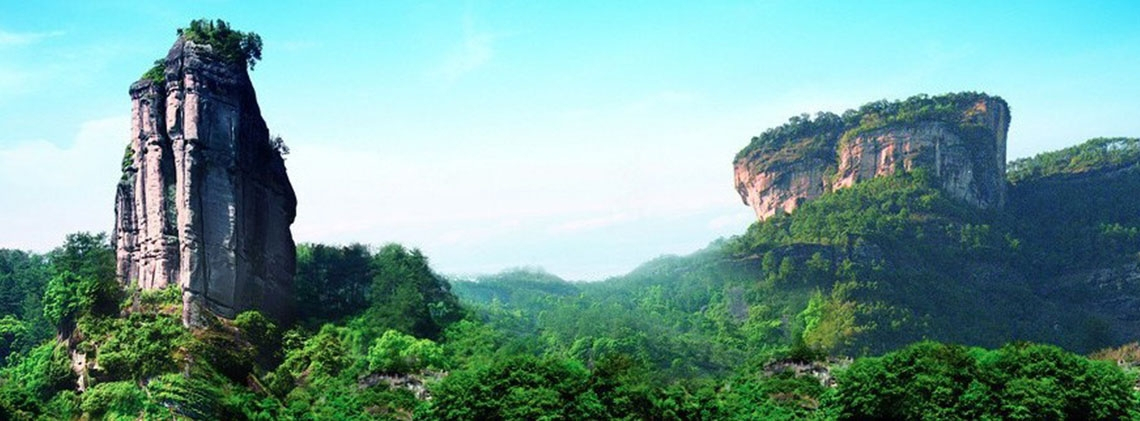
Jiuzhaigou
Splendid
Chi Culture
Topic
Jiuzhaigou
Jiuzhaigou (literally “valley of nine stockade villages) valley is situated in southern Minshan mountains in Jiuzhaigou county, Aba Tibetan Qiang Autonomous Prefecture, Sichuan province. It is a large gully which is the source of Baishui River in the upper reaches of the Jialing River, part of the Yangzi River system. The river basin is more than seven hundred square kilometers and 2,000–4,300 meters above sea level. The place takes its name from the nine stockaded Tibetan villages around the valley.
Affirmed by the international community, Jiuzhaigou was inscribed by the United Nations Educational, Scientific and Cultural Organization on the List of World Nature Heritage Sites in 1992, and in the World Network of Biosphere Reserves in 1997.
Jiuzhaigou is among the most beautiful landscapes in the world, with its towering and snowcapped peaks of tightly clustered mountains, limpid and beautiful lakes, colorful and charming waterfalls, swift and surging rapids, and green and swaying trees, as well as the ancient villages and plank bridges dotting the mountain peaks, clearly visible in the bright sunshine under blue skies. All these form a beautiful environment: rich in content and unity of harmony, and taken together offer a beauty that surpasses its parts.
Jiuzhaigou enjoys a subtropical climate typical of the western Sichuan Plateau: the weather is pleasant and the temperature runs mild to cool in the summer and autumn, but is quite cold in the winter and spring. The mountains and valleys also have significant climatic characteristics which contribute to their beautiful and distinctive features. Trees are green and flowers are bright in mid-spring; in mid-summer, the mountains are blue and the lakes emerald green; the autumn brings mountains seemingly dyed in rich color and golden forests; and, in the depths of winter there are lofty ice sculptures.
There are six unique scenic views at Jiuzhaigou known as the “six exquisites”: emerald green lakes, multi-level waterfalls, colorful forests, snow-capped peaks, blue ice, and Tibetan customs.
Jiuzhaigou’s scenic splendors are well known both at home and abroad. The scenic areas can be grouped around the three valleys: Rize, Shuzheng, and Zechawa. Lakes, waterfalls, and travertine shoals are found among all three valleys. Scenic sites are found in six major areas: Shuzheng, Nuorilang, Jianyan (Sword Rock), Changhai (Long Lake), Zharu, and Haitian.
Rize Valley, running eighteen kilometers and situated between Nuorilang Falls and the primeval forest, is the essence of Jiuzhaigou’s scenic sites. Along the valley, one can see the Nuorilang waterfalls, Mirror Lake, Pearl Shoal, the Peacock River Course, Five-Flower Lake, Panda Lake and Waterfalls, Arrow Bamboo Lake, Swan Lake, and others. Of these Pearl Shoal is the most representative site.
Shuzheng Valley, the main valley of Jiuzhaigou, is about 13.8 kilometers long. There are more than forty lakes in the scenic area, which make up about forty percent of Jiuzhaigou’s scenic area. The Nuorilang Falls are at the north end of Shuzheng Valley; major scenic sites nearby include Penjing (bonsai) Shoal, Reed Lake, Sparkling Lake, Sleeping Dragon Lake, the Shuzheng Lakes, Shuzheng Waterfalls, Tiger Lake, Rhinoceros Lake, and Double-Dragon Lake. Sparkling Lake and the Shuzheng Waterfalls are the most beautiful in this series.
Zechawa Valley, about eighteen-meters long, has the highest elevation of Jiuzhaigou’s four travel routes. Surrounded by layers of forests, the valley is like a fairyland when shrouded in mist and clouds. It is a prime spot to enjoy the fall foliage, as well as the lakes, unique trees, and unusual rocks. Five-Color Pond is the smallest body of water but has the most spectacular, picturesque scenery. Also in this valley, Long Lake is the highest, widest, and most mysterious of the lakes. Such scenic sites should not be missed.







